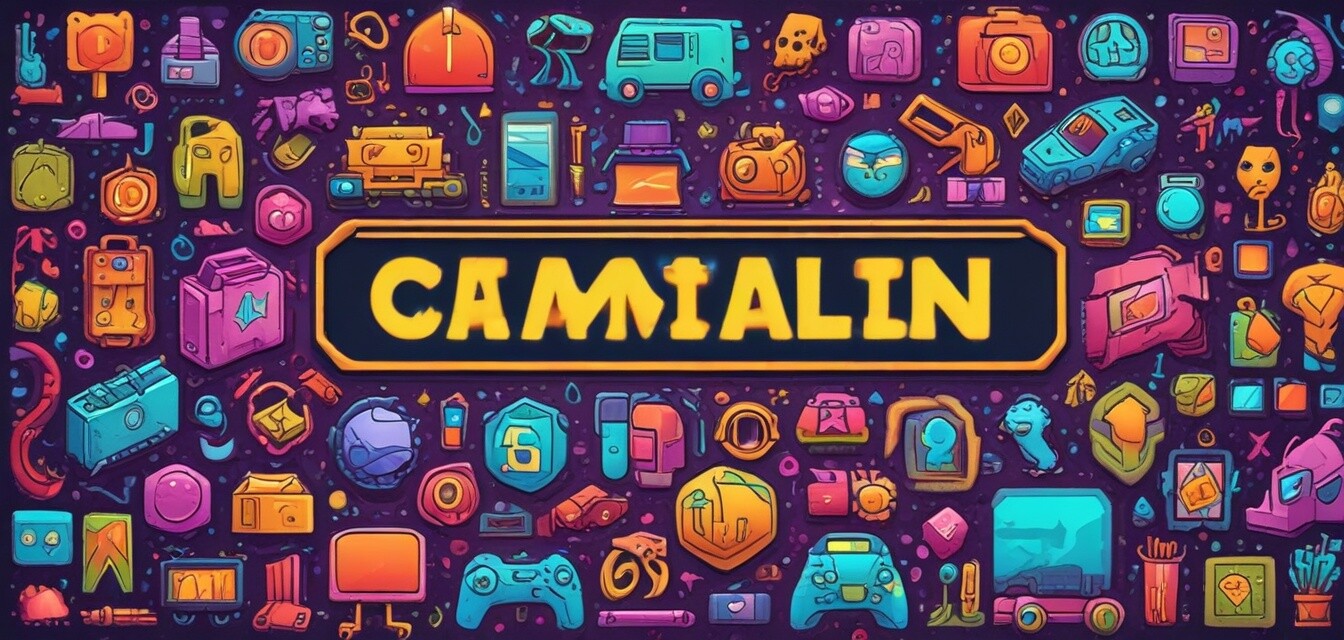
The Influence of Indie Games on the Gaming Industry
Key Takeaways
- Indie games are driving innovation and creativity in game design.
- They often offer unique narratives and gameplay experiences.
- Indie developers face different challenges compared to large studios.
- Community engagement and funding models have evolved with the rise of indie games.
- Platforms like Steam have changed the way indie games reach audiences.
Over the past decade, the gaming industry has undergone significant transformations, much of which can be attributed to the rise of indie games. This article explores how these unique games are reshaping the industry, influencing trends, and prompting innovation.
What are indie games?
Indie games, short for independent games, are produced by individuals or small teams without the financial support of large game publishers. These games often showcase creativity and innovation, prioritizing unique storytelling, artistic design, and novel gameplay mechanics.
The rise of indie games
The late 2000s marked a pivotal moment for indie developers as digital distribution platforms emerged. Games like "Braid," "Limbo," and "Minecraft" attracted considerable attention, proving that indie titles could compete with mainstream releases.
Key factors in the rise of indie games:
- The advent of digital distribution platforms like Steam and itch.io.
- Access to development tools and engines that lower entry barriers.
- A shift in player preferences towards more diverse and personal gaming experiences.
Indie influence on game design
The emphasis on unique gameplay and narrative in indie games has encouraged developers to experiment with genres and mechanics. This experimentation encourages the industry to innovate rather than replicate existing formulas.
Innovative gameplay mechanics:
| Game | Mechanic | Description |
|---|---|---|
| Undertale | Moral choices | Players can choose to spare rather than fight enemies, affecting the game's outcome. |
| Dead Cells | Rogue-lite mechanics | Permadeath and procedural generation keep gameplay refreshing and challenging. |
| Celeste | Accessibility features | Offers options for various player skill levels, making it more inclusive. |
Indie gaming communities
Indie games thrive due to their passionate communities. Players often contribute through feedback, funding via crowdfunding sites, and by creating content around these games. This engagement can lead to further innovations and encourages developers to keep refining their creations.
Strategies for building a community:
- Utilizing social media to share development progress.
- Engaging with fans through forums and chat platforms like Discord.
- Implementing feedback mechanisms for testing and improvement.
The economic impact of indie games
Indie games also play a critical role in the economy of the gaming industry. They provide opportunities for new developers and expand the market by introducing diverse titles that appeal to various demographics.
Funding models:
Many indie developers use alternative funding methods, including:
- Crowdfunding: Platforms like Kickstarter have been crucial for launching indie projects.
- Early Access: Allowing players to fund and play games while they’re still in development.
- Patreon: Fans support developers directly on a subscription basis.
Challenges faced by indie developers
Despite the successes, indie developers often face significant hurdles:
Pros
- Creative control over their projects.
- Ability to build strong relationships with their audience.
- Opportunity to innovate without corporate constraints.
Cons
- Limited budgets and resources for marketing and production.
- Higher risk of financial failure without the support of publishers.
- Difficulty in gaining visibility in a crowded market.
Future trends in indie gaming
As technology continues to evolve, indie games will likely remain a driving force in the gaming industry. A focus on virtual reality (VR) and augmented reality (AR) presents new opportunities for indie developers to push boundaries and reshape the gaming experience.
Emerging platforms and technologies:
- VR and AR technologies providing immersive experiences.
- Cloud gaming and its implications for indie distribution.
- The use of AI for smarter game design and adaptive narratives.
In conclusion, indie games are not just a niche within the gaming industry; they represent a powerful trend that influences design, community interaction, and economic models. For those looking to stay ahead of the curve in gaming, understanding the impact of indie games is essential.
For more on current trends in gaming, check out our News and Trends section.
If you're interested in related gear, explore our Gaming Accessories and Gaming Desktops.
